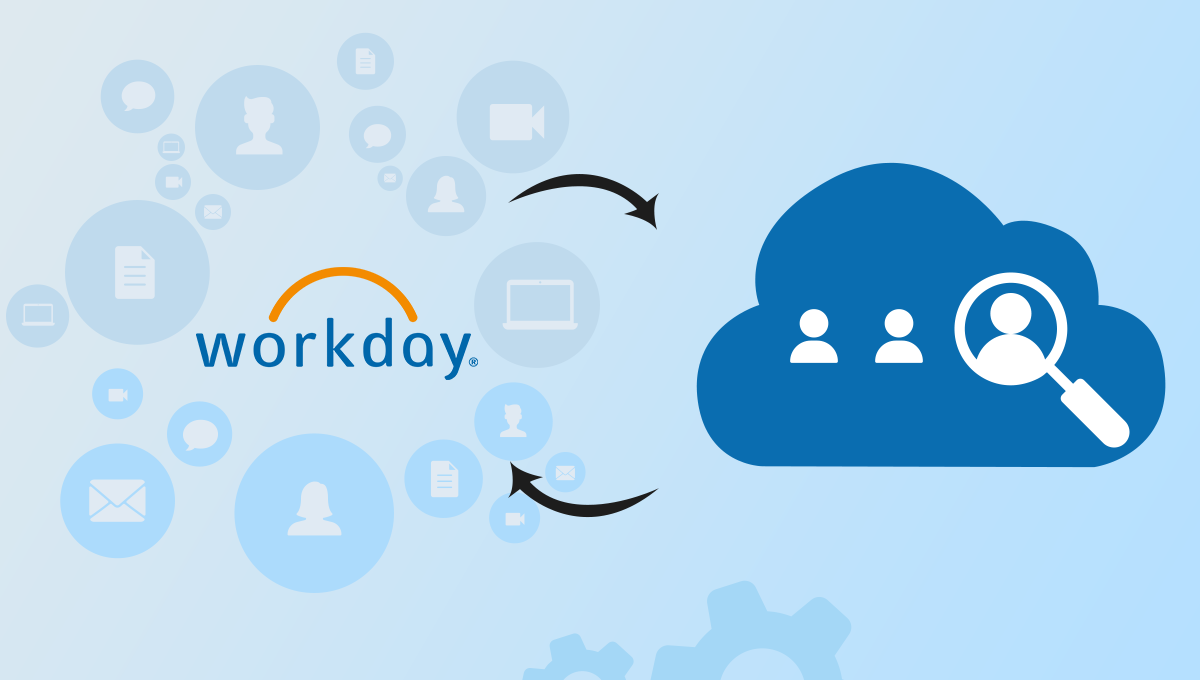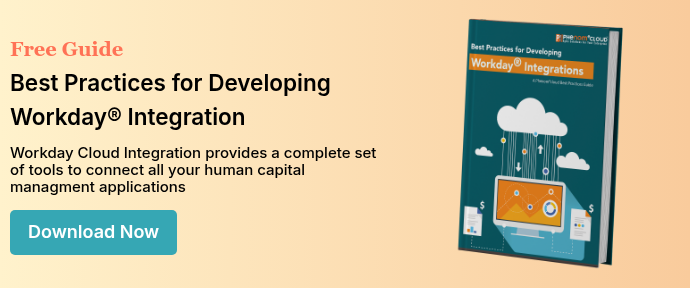
If you are thinking about implementing Workday® Payroll, you are about to experience payroll as it should be--agile, manageable, transparent and accurate. If you are tired of payroll managing you, get ready to turn it around.
If your payroll system is working well, it is nearly invisible; if it isn’t right, nothing else matters. We know this from experience in the HR trenches during the days of disconnected systems and manual processing. But rather than share our stories, let us tell you some of what you can look forward to.
- The payroll team has complete control over payroll processes, data, reporting, and analytics. No waiting for IT or your vendor to develop reports.
- You have real-time data visibility throughout the payroll process with automated auditing and error resolution. Run reports and audits even before payroll has finished processing.
- If you are a multinational or global enterprise, you have the freedom to “manage globally and process locally.” Pre-built connectors provide complete two-way integration with 3rd party payroll processors. Workday® Payroll is available for the US, UK, Canada, and France, but you can use any provider.
- Visibility into processes gives every person the information they need to know, from preview information for individual employees to global actuals for the CEO.
- Automated updates of tax and regulatory changes give you peace of mind. No need for costly upgrades or IT spending.
Recommendations for a Smoother Workday® Payroll Implementation
Your implementation will follow the prescribed Workday® methodology that has worked for hundreds of organizations, but there are some preparations you can make to make it faster and smoother. Here are some best practices we have gleaned from our experience.
Change Management
Start your change management program the moment you know you will make a change. Too many implementations treat it as an afterthought or fall prey to the illusion that training and change management are the same.
- Begin with discussions, at every level, about dissatisfaction with the current situation and the reason for making the change. Ask your people what they would like payroll to do better. The discussions will create momentum for change.
- Foster open communication. Use your online collaboration tool if you have one or a SharePoint site (or equivalent) to set up a discussion forum where people can offer suggestions and ask questions. Acknowledge each one and seize the opportunities to help your people understand policies and procedures and the rationale behind them.
- Communicate the progress the implementation team is making and show what challenges the team faced and how they overcame them. Prepare periodic reports not only for top execs but general communications appropriate for everyone. Once you have finalized the configuration, begin communicating with each constituent group about what they should expect.
- Don’t try to minimize a parallel testing failure. Celebrate it as a success in finding issues before they affect people.
- User training and testing are the final phases of change management before launch. Use the opportunity to celebrate successes. Every issue corrected is a problem averted.
Document Your Processes
Some consultants say documenting the current processes is a waste of time. We disagree. Being prepared for the configuration discussion will help you move through that phase quickly and will help you explain the rationale to the people affected. We don’t recommend spending a lot of resources on mapping current processes, but you do need to identify the workflow and pain points. Dust off your old process maps and mark them up.
As you develop your new processes and procedures, document them well. They will serve you well when it is time to make a change.
Manage Sub-Projects
Break up your initiative into smaller projects where it makes sense to do so and manage them with the same diligence as the overall project. Some of the activities that will become sub-projects include:
- Integrations with internal business applications, including time and attendance, expense management, enterprise and financial analytics, and benefits programs.
- Data preparation and migration.
- User training.
- User acceptance testing; and
- Parallel payroll processing.
Plan External Integrations
Understand the needs of your benefits providers, retirement plan TPAs, and regulatory agencies. Plan your integrations and include them in your parallel testing.
Preparation is the Key to Success
We hope these recommendations help you prepare for your Workday® Payroll Implementation. If you prepare diligently, you will find your implementation will flow smoothly. If you handle change management well, you will find your entire organization will support your efforts.
PhenomᵉCloud is a comprehensive technology solutions provider committed to empowering businesses to overcome challenges, enhance their workforce capabilities, and achieve superior outcomes.



Leave a Comment